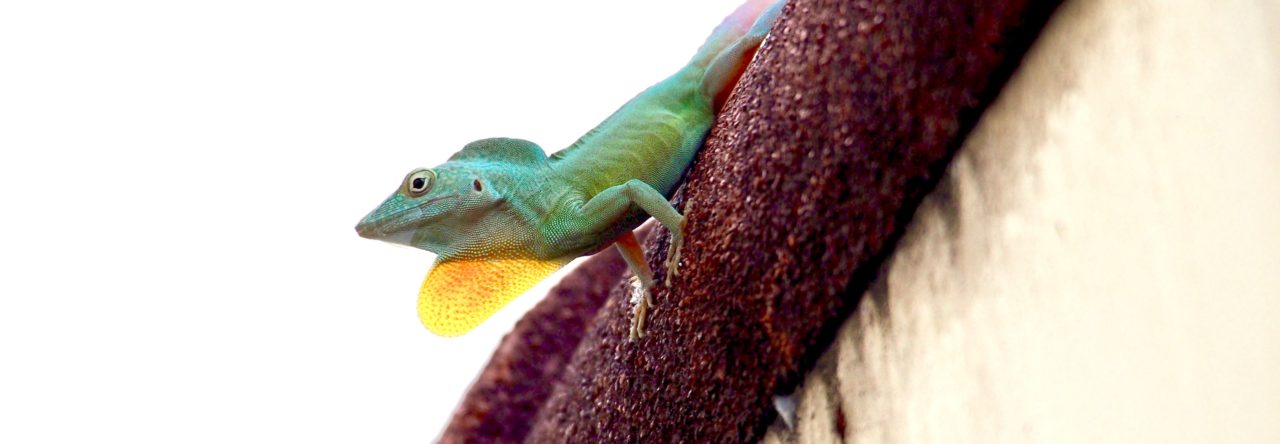 Who knew there were so many fossil geckoes? In the first review of fossil geckodom in more than three decades, Juan Daza, Aaron Bauer, and Eric Snively examine 28 fossil geckos, providing new insights into whether the specimens can be confidently attributed to taxa. Some times, they can placed into extant genera, other times, especially for the older ones, it’s hard to say for sure just where the belong.
Who knew there were so many fossil geckoes? In the first review of fossil geckodom in more than three decades, Juan Daza, Aaron Bauer, and Eric Snively examine 28 fossil geckos, providing new insights into whether the specimens can be confidently attributed to taxa. Some times, they can placed into extant genera, other times, especially for the older ones, it’s hard to say for sure just where the belong.
If nothing else, the fossils are cool and sometimes quite old, the most ancient, Cretaceogecko, dating back to the early Cretaceous.
This paper was part of a special of the Anatomical Record published last year, “New Advances In Morphology and Evolution of Living and Extinct Squamates,” which was previously discussed in these pages.
Here’s the abstract:
Gekkota is often interpreted as sister to all remaining squamates, exclusive of dibamids, or as sister to Autarchoglossa. It is the only diverse lineage of primarily nocturnal lizards and includes some of the smallest amniotes. The skeleton of geckos has often been interpreted as paedomorphic and/or “primitive” but these lizards also display a wide range of structural specializations of the postcranium, including modifications associated with both scansorial locomotion and limb reduction. Although the concept of “Gekkota” has been variously applied by different authors, we here apply a rigorous apomorphy based definition, recent advances in gekkotan morphology and phylogenetics, and diverse comparative material to provide a comprehensive assessment of 28 known pre-Quaternary geckos, updating the last such review, published three decades ago. Fossils evaluated include both sedimentary fossils and amber-embedded specimens. Known Cretaceous geckos are exclusively Asian and exhibit character combinations not seen in any living forms. Cenozoic gekkotans derive from sites around the world, although Europe is especially well represented. Paleogene geckos are largely known from disarticulated remains and show similarities to Sphaerodactylidae and Diplodactylidae, although resemblances may be plesiomorphic in some cases. Many Neogene gekkotans are referable to living families or even genera, but their geographic occurrences are often extralimital to those of modern groups, as is consistent with paleoclimatic conditions. The phylogenetic placement of fossil gekkotans has important repercussions for timetree calibration, but at present only a small number of fossils can be confidently assigned to even family level groupings, limiting their utility in this regard.



Leave a Reply